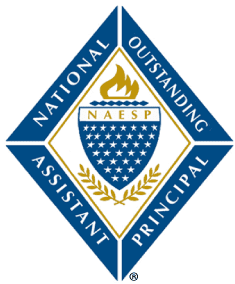
Kari E. Kinne
Leverett Elementary School
Fayetteville, Arkansas
kari.kinne@g.fayar.net
Best Practices
1) Building relationships is absolutely essential within a school community. Due to this, I believe one example of a leadership best practice is creating, nurturing, and sustaining relationships with students, faculty, parents, and community members. Although this sounds like something that might be easy to do it really takes an effective leader to be able to cultivate this in their school. I believe that this begins with living the vision and mission of your school, actively listening to all stakeholders, and communicating effectively. It also includes embracing social and emotional learning for students as well as teachers. Team building with teachers and students helps to build that rich foundation for relationship building.
I believe that transparent communication is also key to creating, nurturing, and sustaining relationships. When school leaders communicate well and often and ensure that stakeholders are not only informed but also have a voice helps to build a culture of inclusivity. Leading by example and recognizing the great things that teachers are doing everyday while remembering that what you say as a leader and what actions you take absolutely helps build powerful relationships. In order to live this best practice in my building, I attend PTO meetings, invite parents to a once a month Coffee with Chris and Kari where we discuss issues that parents are concerned about, and connect with parents everyday by opening each car door during morning drop off and afternoon pick up and saying “hello” or “have a nice day” to parents and caregivers. This practice has helped me get to know the parents on a non-treating level which I feel is a very important aspect of relationship building.
I also eat lunch with my students in my office regularly, try to get a to know as much as I can about each of the students in my building, work with students on 3D printing, or just invite them in my office to read them their favorite book. My office is a very open and inviting space where students come by on a regular basis to ask me questions, ask me how my day is going, deescalate, or just come in to give me a hug. My office is stocked with Kinetic Sand, Legos, books on all reading levels, and many types of sensory items.
2) As leaders we cannot seek to achieve everything ourselves, we achieve results through shared leadership. Because of this I believe that growing teacher leaders is another example of a leadership best practice. One of the most significant things I can do as an administrator is to grow teacher leaders as a way to increase student learning and achievement at my school. Growing teacher leaders helps to professionalize teaching, create opportunities for teacher career advancement, facilitate school improvement, and facilitate professional learning for educator and student success. They can help schools move beyond delivering professional development to enabling continuous improvement in teaching practice. By providing day-to-day support to their peers, teacher leaders help to bridge the gap between learning new ideas and applying them in the classroom. I believe that it is important for teacher leaders to be given opportunities for job-embedded practice with timely feedback.
Since coming to Leverett and beginning the process of growing teacher leaders I have notice a difference in our teachers which has, in turn, led to our students’ academic growth. They feel valued, heard, and empowered. I believe that it is important for teacher to understand that not all teacher leaders need to feel that the next step in their career is becoming an administrator but that being a leader within your grade level and school is extremely powerful. We have several teachers in our building who are in the process of furthering their career by getting their leadership degree. I regularly work with them by answering questions and giving them opportunities to problem solve different issues that arise in our building.


